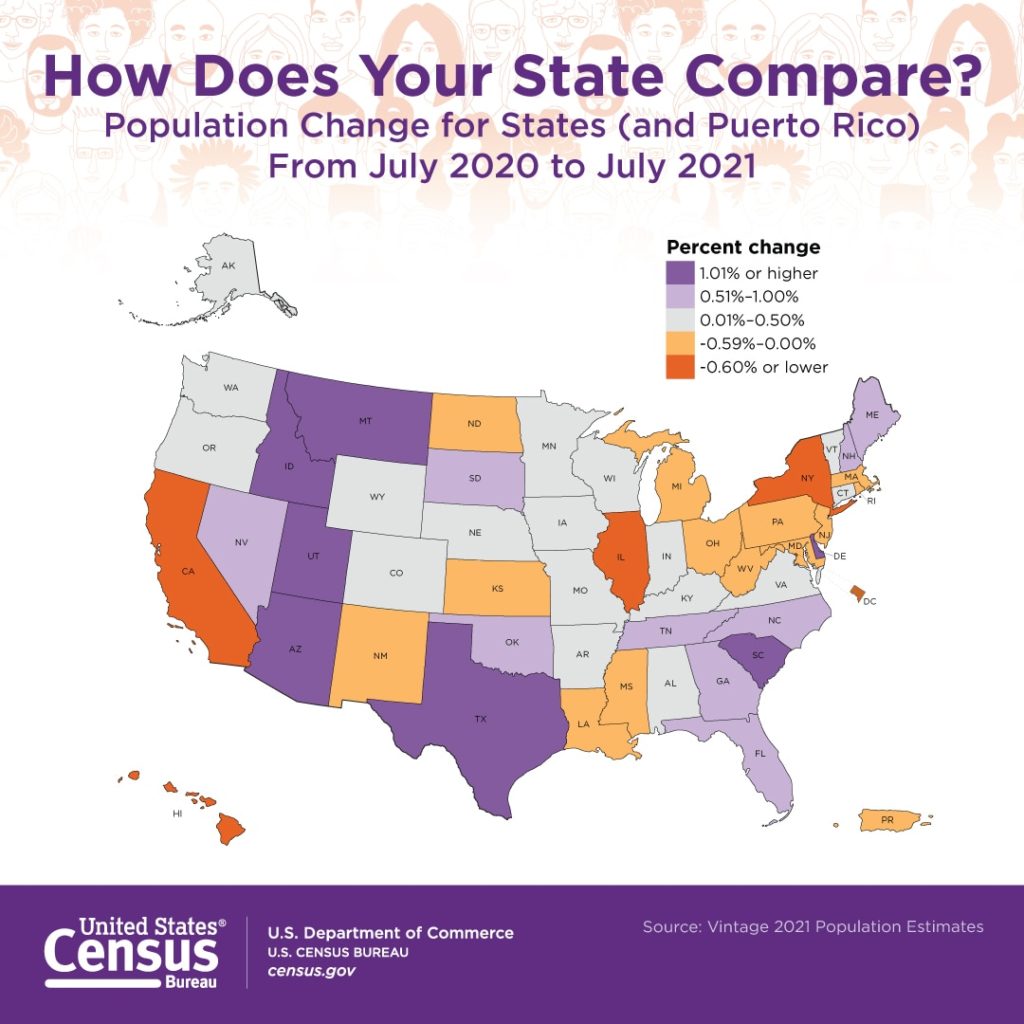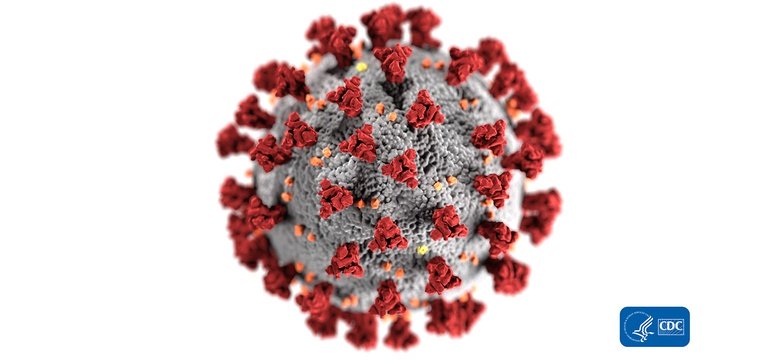Monday Roundup

From the Omicron front, STAT News offers an article about forecasting the Omicron winter, and it’s cloudy.
Which immediate future plays out will be a function of a few big unknowns — some already baked into Omicron’s biology and some that can be altered based on how people behave in the coming days and weeks. Further out, the models get fuzzier still. But though they differ in the details, all of them point to SARS-CoV-2 being here to stay.
“I think we may be in for a longer road than we had hoped,” said Jeffrey Shaman, an infectious disease forecaster at Columbia University’s Mailman School of Public Health.
In an encouraging development, the Centers for Disease Control have announced changes to their 10 day quarantine requirement for folks who contract COVID:
Given what we currently know about COVID-19 and the Omicron variant, CDC is shortening the recommended time for isolation from 10 days for people with COVID-19 to 5 days, if asymptomatic, followed by 5 days of wearing a mask when around others. The change is motivated by science demonstrating that the majority of SARS-CoV-2 transmission occurs early in the course of illness, generally in the 1-2 days prior to onset of symptoms and the 2-3 days after. Therefore, people who test positive should isolate for 5 days and, if asymptomatic at that time, they may leave isolation if they can continue to mask for 5 days to minimize the risk of infecting others.
Additionally, CDC is updating the recommended quarantine period for those exposed to COVID-19. For people who are unvaccinated or are more than six months out from their second mRNA dose (or more than 2 months after the J&J vaccine) and not yet boosted, CDC now recommends quarantine for 5 days followed by strict mask use for an additional 5 days. Alternatively, if a 5-day quarantine is not feasible, it is imperative that an exposed person wear a well-fitting mask at all times when around others for 10 days after exposure. Individuals who have received their booster shot do not need to quarantine following an exposure, but should wear a mask for 10 days after the exposure. For all those exposed, best practice would also include a test for SARS-CoV-2 at day 5 after exposure. If symptoms occur, individuals should immediately quarantine until a negative test confirms symptoms are not attributable to COVID-19.
For a little holiday humor, Mary Norris in the New Yorker provides a linguistic look at Omicron. Of note,
Having reached omicron (ο), we are already more than halfway through the alphabet.
If this seems to be happening too fast, it’s partly because scientists have skipped some letters. They got to mu (μ), which is right in the middle, and then left out nu (ν), because it sounds confusingly like “new”; we can’t go around talking about a new Nu variant of interest. They also skipped the next letter, xi (ξ), not because it looks so exotic, sitting there between “N” and “O,” but because Xi is a Chinese surname and, one cannot help but notice, the surname of the guy who runs China.
In other healthcare news, the Department of Health and Human Services today
release[d] the annual update to the Department’s National Plan to Address Alzheimer’s Disease, which for the first time includes a new goal focused on work being done to promote healthy aging and reduce the risks that may contribute to the onset of Alzheimer’s disease and related dementias.
Although these diseases cannot yet be prevented, there is growing evidence that addressing certain risk factors for dementia, such as high blood pressure, physical inactivity, and chronic medical conditions such as diabetes and depression, may lower the chances of developing the disease or delay its onset. * * *
Under the plan’s new goal, the federal government will accelerate research on risk factors for Alzheimer’s disease and related dementias, and strengthen the infrastructure that is necessary to rapidly translate and disseminate information about risk factors, interventions to reduce the burden of risk factors, and related health promotion activities to health care providers, community-based providers, caregivers, and public health networks.
STAT News peered into its crystal ball to identify three pharma trends to watch next year:
- Continued uncertainty over drug pricing
- Intensifying debate over global access, and
- Debate over FDA standards / Ahuhelm fallout








